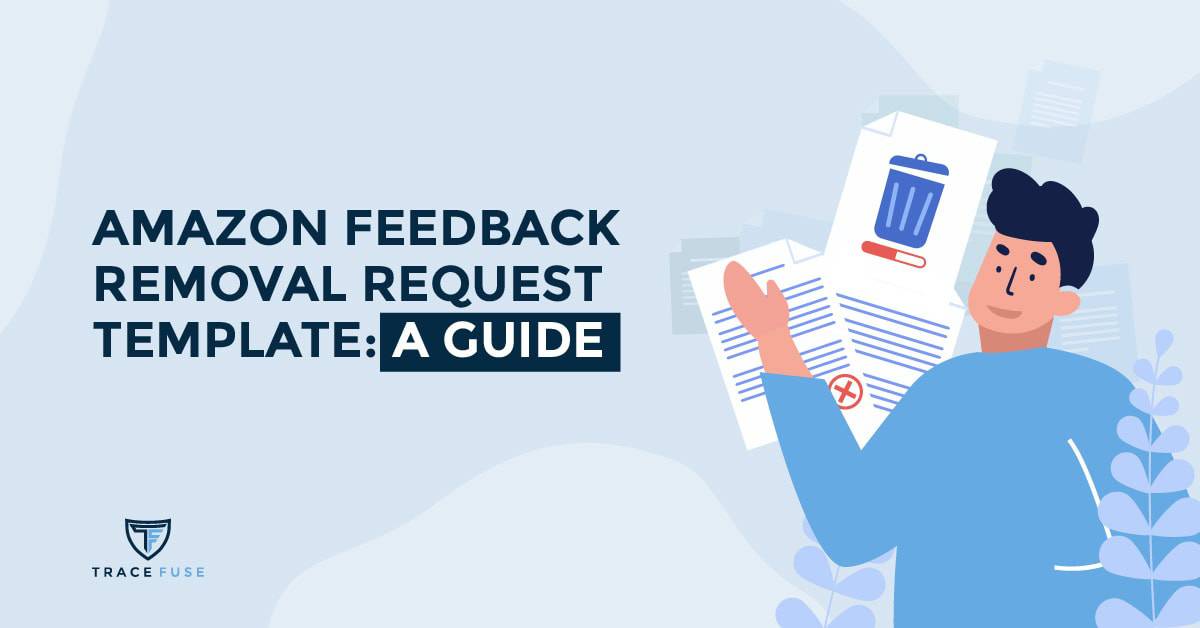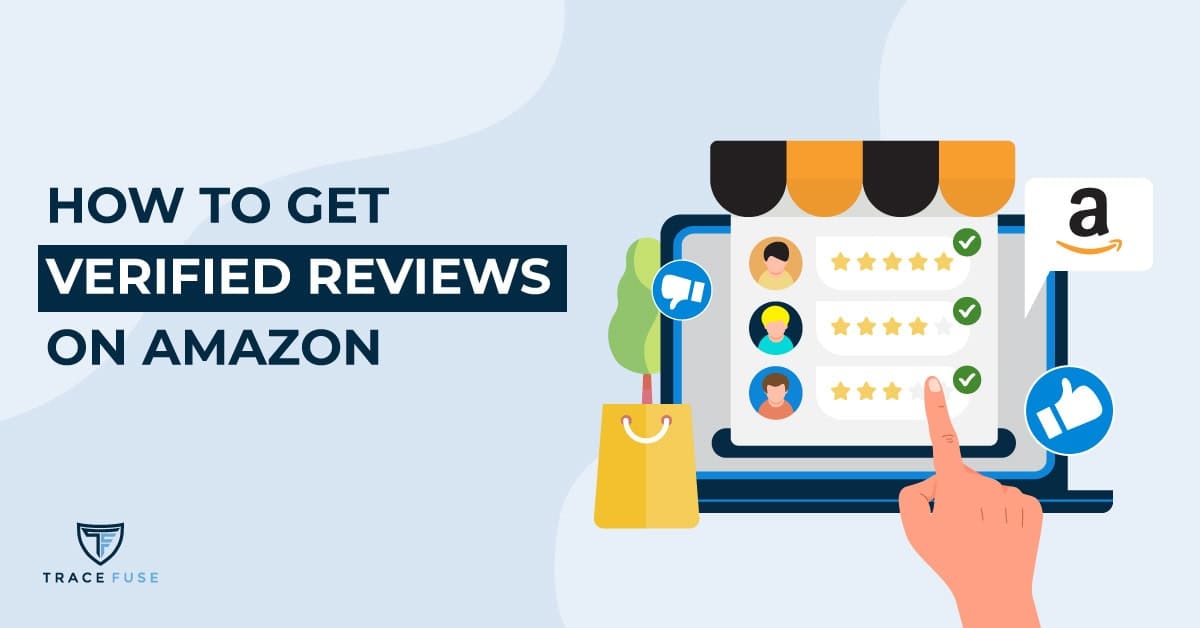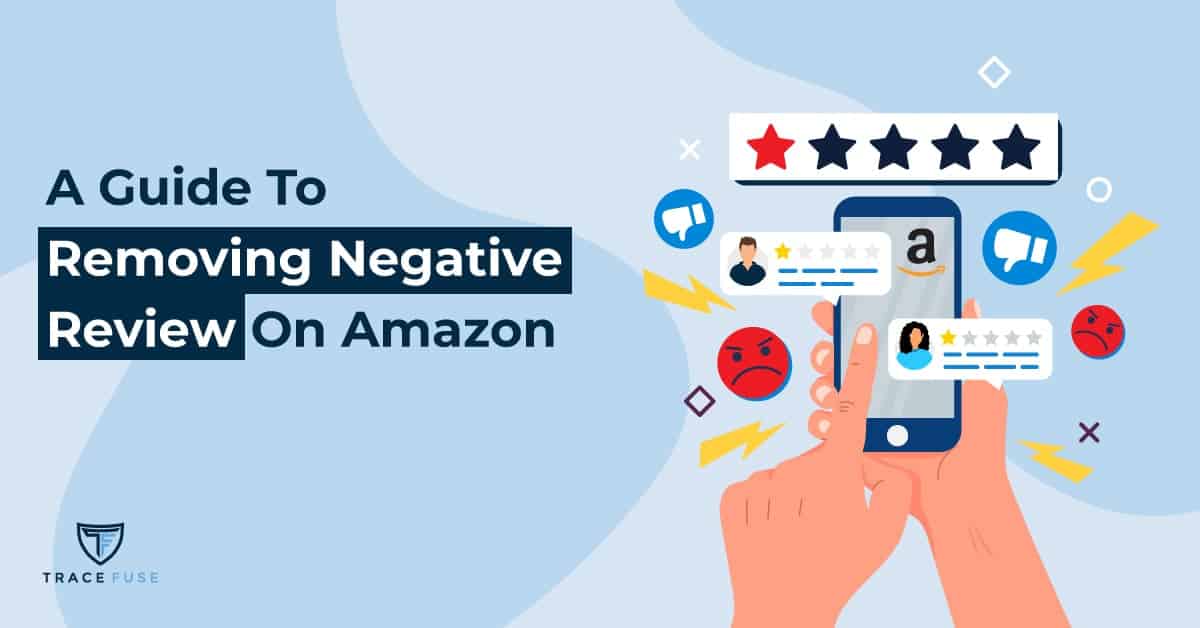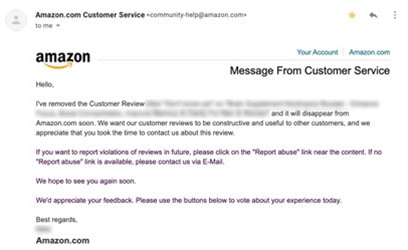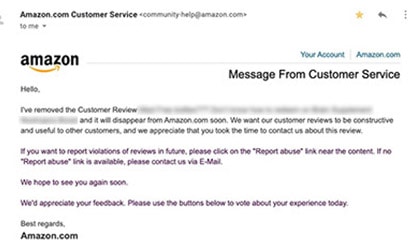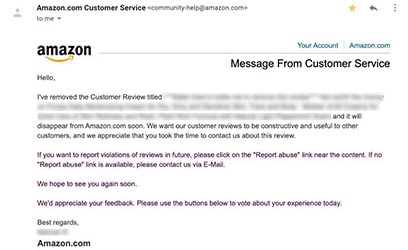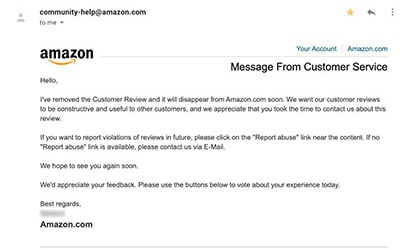Reviews on Amazon are worth their weight in gold to all platform users. For sellers, reviews impact their reputation, shopper’s trust, and sales. For such reasons, sellers would want as many good reviews on their listings as possible.
If you are a seller, it is crucial to understand the Amazon Review Policy to avoid pitfalls in requesting reviews and run the risk of losing your business on the platform. Likewise, by acquainting yourself with the policy, you’ll learn what types of reviews are permissible, what are considered violations, and how to remove them.
Additionally, we’ll touch upon how you can safely solicit reviews from your customers and address a negative review if you happen to receive one.
Amazon Review Policy: An Overview For Sellers
Reviews are front and center in the buy-and-sell dynamics on the Amazon marketplace. Buyers consult them before making a purchase decision; sellers need lots of them to attract buyers. As an ecomm platform, Amazon wants its buyers and sellers to shop and run a business on it respectively with confidence.
Therefore, to maintain its integrity and trust among users, Amazon is stringent about its review policy — explaining what is acceptable and the consequences for violators — requiring everyone to adhere to it.
As a seller, here are two things you need to know:
Anti-Manipulation Policy
Because competition is tough on Amazon, some sellers often resort to unethical practices like review manipulation to get ahead. Amazon prohibits it under their terms of service, and the penalty is severe when caught — think legal actions and criminal penalties.
Still, some sellers may be unaware of what constitutes review manipulation, so it’s important to know what they are.
Here are just some of these review manipulation tactics that you should never commit:
- offering free products or cash incentives to customers in exchange for giving a positive review or deleting a negative review
- posting a positive review on your product or a negative review on a competitor’s
- joining review clubs and offering products for free or at a huge discount for a review
- commissioning fake review peddlers to gain positive feedback from buyers behind sock puppet accounts
- using tools that divert negative reviews to assigned platforms and allow only positive reviews to reach Amazon
Amazon has zero tolerance with sellers that consciously violate its anti-manipulation policy for customer reviews and takes immediate action against them.
Expect any of these (or all) sanctions from Amazon if you get caught violating their anti-manipulation policy:
- removing your product reviews, risking losing organic traffic to your product pages
- losing the chance to receive product reviews in the future
- permanent deletion of your listings
- losing all your seller privileges on the platform
- lawsuits, including referral to civil and criminal authorities
- public disclosure of your identity as a violator
As for fake reviews, Amazon is now using AI to spot them before they get posted on listings. It is their way of cracking them down, even partnering with government agencies to stop fake reviews brokers.
Customer Review Guidelines
Amazon understands the value of reviews on its platform. Because it is also in competition with other online marketplaces for shoppers, it needs to present its platform as a reputable site where safe transactions happen.
Therefore, having as many authentic and honest reviews on the platform as possible makes it an attractive and dynamic marketplace, and remains top-of-mind among online shoppers.
For this reason, Amazon is likewise stringent on the kinds of reviews that customers write about their buying experience. It wants the reviews (positive or negative) to be helpful for other buyers so that they can make informed decisions.
That said, Amazon has set its community guidelines that describe the kinds of reviews they will not allow on the platform. If a reviewer violates the community guidelines, the written reviews will be labeled as non-compliant and are subject to deletion before they get posted or removed from the product listing.
As a seller, these types of reviews are also what you should watch out for so you can file a report to Amazon for their removal. If you ignore these reviews and let them stay long enough on your listings, they will cause damage to your brand and seller reputation, impacting your business negatively.
What describes non-compliant reviews? Here’s a short list for starters:
- a product review that describes the seller’s customer service
- a seller feedback that criticizes the product
- containing foul language or derogatory comments
- expressing hatred and discrimination
- disclosing personal information
- containing promotional links
And more . . .
Best Practices For Sellers to Follow
Reviews will always be a part of your journey on the platform as an Amazon seller. You will need lots of it to promote your products and attract customers while removing some if it violates Amazon’s community guidelines.
Either way, you must understand the best practices in navigating reviews on Amazon.
Requesting a Review
Sadly, only about 2% of buyers leave reviews; for every 100 completed purchases, you can only expect two reviews. With very few reviews, you wouldn’t stand a chance with organic traffic, losing business to competitors.
You’d be happy to know that 72% of customers will leave a review when you ask them to. At the very least you should aim for a 5% – 15% sales-to-review ratio (positive reviews are best) to get in the good graces of Amazon’s algorithm and show up in searches.
Therefore, you should integrate review solicitation as a part of your sales process to meet your ideal figure. How do you request customers to leave a review without getting yourself into trouble? Here are some fail-safe methods:
- Use the “Request Review” button. Navigate your Manage Orders page on your seller account until you reach the subpage where the Request Review button is. You can use this option only once per completed purchase. From the backend, Amazon then emails your customer to request a review.
However, this button will not function until after a few days (5 – 30 days) your customer receives the product and uses it. So, set your timing when using this method. - Use the Buyer-Seller Messaging system. While this is another platform option to contact your customers to request a review, it is not encouraged because this system only works best for instant (and short) messaging.
I suggest you send a short, friendly message that shows your appreciation for their business and feedback. Add a link to your message that directs them to a page where they can write their review. - Request by Email. Amazon allows you to make an email follow-up to request a review, but avoid sending multiple emails that appear spammy.
Likewise, be careful of your email content by referencing Amazon’s communication guidelines. You are prohibited from using language that indirectly solicits only positive reviews and using the “if-then” phrasing for example, “If you like our product, then please leave a review so others may know.”. Amazon considers this as a form of review manipulation. - Be creative with Inserts. Pretty and colorful inserts attract attention, so include them in your delivery package and use them to send a note of thanks to your customers while also asking for a review. Include a QR code to instantly direct them to the page where they write a review.
- Use Review Management Tools. These tools automate the process of connecting with your customers to ask for a review. You can set a short email sequence (request – follow up – thanks) so your customers won’t miss out on your message.
Dealing With a Negative Review
When you receive a negative review, your first step is to identify whether that review is an honest criticism or a non-compliant review. Only then will you be able to know the next steps to take.
Honest Criticism
Get in touch with your customers and apologize for any inconvenience the bad experience caused them. Thank them for their feedback and offer a resolution to appease them. Demonstrate your deep concern and commitment to customer service even if their negative comments remain.
Non-compliant Review
When a review shows a violation of the community guidelines, your immediate action is to report it to Amazon and file a case for their removal. You need to have these reviews removed as soon as possible to avoid them causing damage on your listings, and eventually, revenue.
This step in managing reviews is taxing to most sellers, depleting their time and energy with no warranty of results. In such situations where your listings are taken over by critical reviews, commissioning a professional and tech-enabled negative review removal service is your best bet. They have a time-tested and efficient process of finding the reviews eligible for removal, filing a case on Amazon, and escalating those cases until the reviews are removed.
Key Takeaway: Amazon sellers rely on customer reviews for success. Prioritize ethical practices and focus on building trust with authentic feedback. Understand Amazon’s community guidelines and utilize approved methods for soliciting reviews to cultivate a positive profile and drive sales.
FAQs: Amazon Review Policy
What is Amazon Review Policy
Amazon review policy represents sets of guidelines that all users must follow to ensure that all posted reviews on the marketplace are genuine and impartial. The review policy aims to give all users a safe platform to conduct business and shop for products, guided by reviews that help them make informed choices.
Is It Against Amazon To Pay For Reviews
Yes, paying for review is prohibited on Amazon because this is a form of review manipulation and can lead to legal actions against the seller.
Are Amazon Sellers Allowed To Ask For a Review
Yes, sellers can ask customers directly for reviews following Amazon’s communication guidelines for example, not soliciting reviews only from satisfied customers and avoiding language that directly implies they should write a positive review.
In Summary
Seller knowledge of Amazon’s review policy is crucial in managing your brand reputation on the platform. Adhering to Amazon’s regulations is essential for creating a favorable experience and preventing penalties or legal actions. With the right strategies and best practices in place, you can effectively manage your reviews on Amazon and use them as an opportunity for growth.
Looking for experts to manage the most complex aspects of selling on Amazon?
to protect, defend & grow your brand on the Amazon marketplace.



